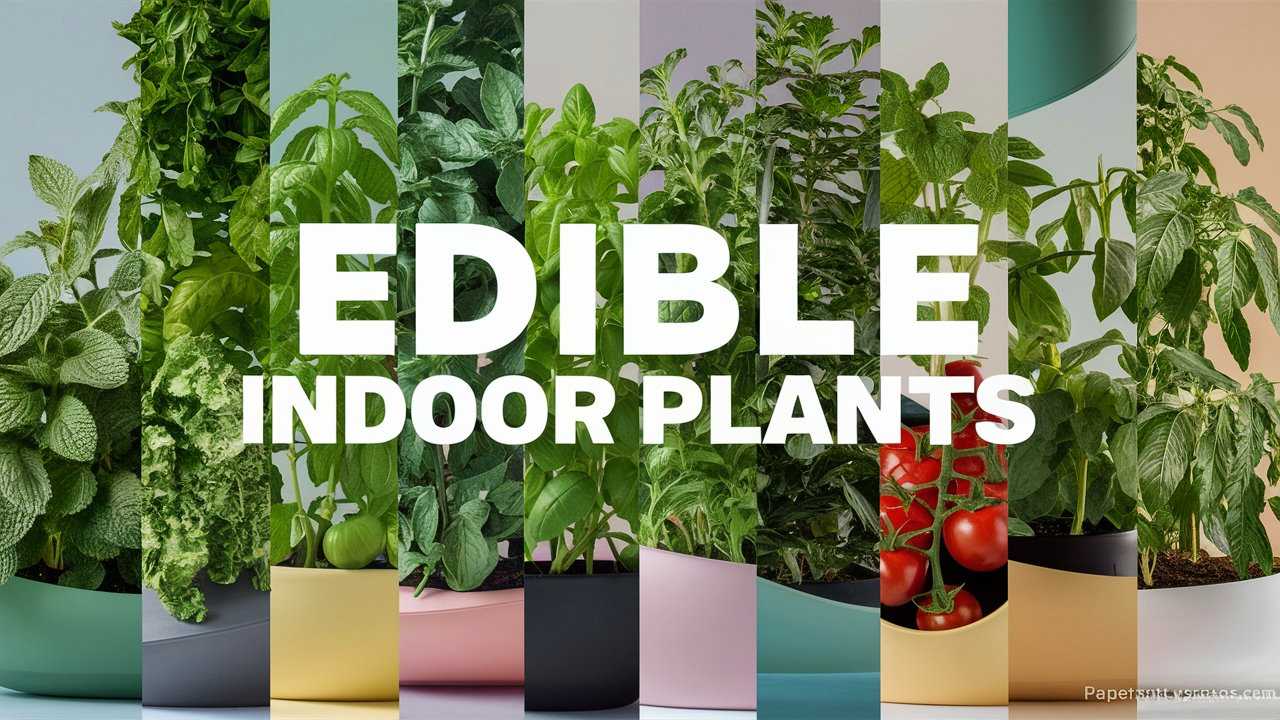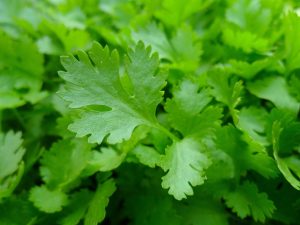If you’re someone who enjoys the idea of growing your own fresh herbs, leafy greens, or even fruits right in your living space, you’re in for a treat. Edible indoor plants are perfect for those who are passionate about cooking, health, and sustainability. This blog post highlights indoor plants that not only enhance your home decor but also provide fresh ingredients for your culinary adventures.
Basil
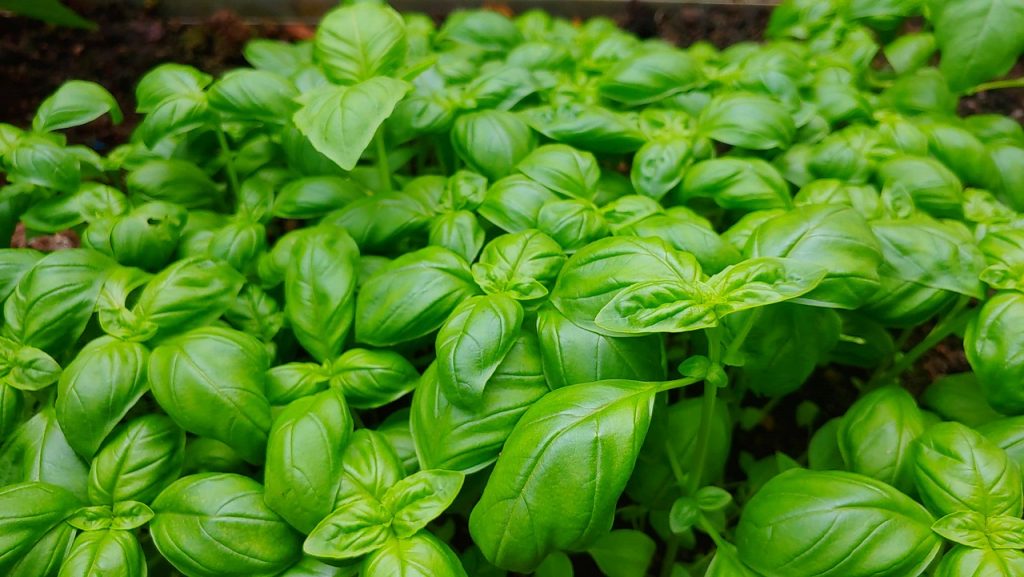
Basil is a cherished herb in many kitchens, known for its fragrant leaves and adaptability. When grown indoors, it thrives in bright, indirect sunlight and prefers moist, well-draining soil. Whether you’re whipping up a fresh pesto or adding flavor to a caprese salad, basil’s versatile abilities make it a must-have in any indoor garden. Regular harvesting encourages new growth, so don’t hesitate to snip off some leaves whenever you need them.
Mint

Mint is an aromatic herb that thrives indoors and can be grown in pots on a sunny windowsill. It’s perfect for infusing flavor into drinks, desserts, or savory dishes. Mint prefers slightly moist soil, so be sure to keep it watered. There are many varieties to choose from, including spearmint and peppermint, each adding a unique twist to your recipes. Because mint spreads aggressively, it’s often best to keep it contained in its pot.
Chives
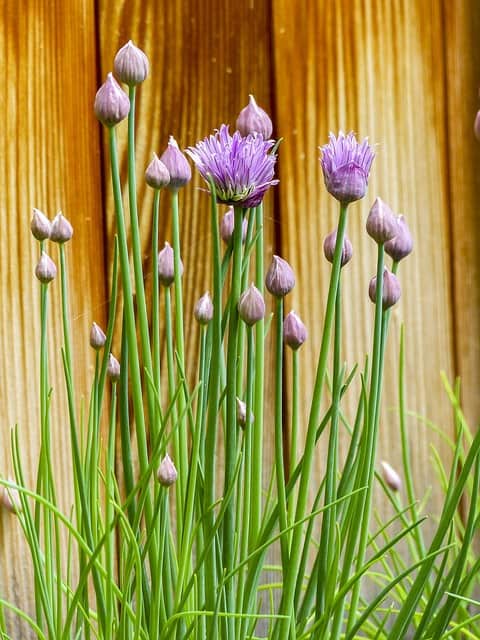
If you’re searching for a low-maintenance herb that adds a mild onion flavor to dishes, chives are the perfect solution. They do well in small pots and need at least a few hours of sunlight each day. Chives can be snipped regularly, promoting growth, and adding a fresh garnish to salads and eggs. These herbs are robust and can survive neglect, making them ideal for novice indoor gardeners.
Rosemary
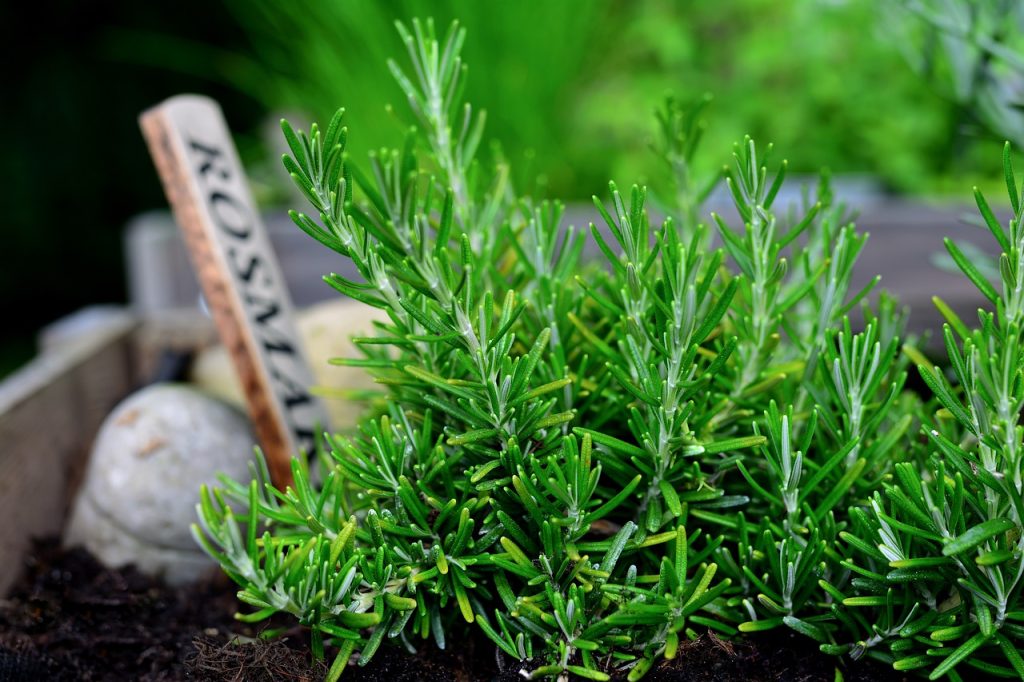
Aspiring chefs and home cooks will appreciate rosemary for its aromatic needle-like leaves, which are perfect for seasoning roasted meats and vegetables. This herb requires at least six hours of direct sunlight and prefers well-draining soil. Rosemary is drought-tolerant, so it’s easy to care for, making it an appealing choice for busy individuals. Just remember to prune it regularly to encourage bushy growth.
Oregano
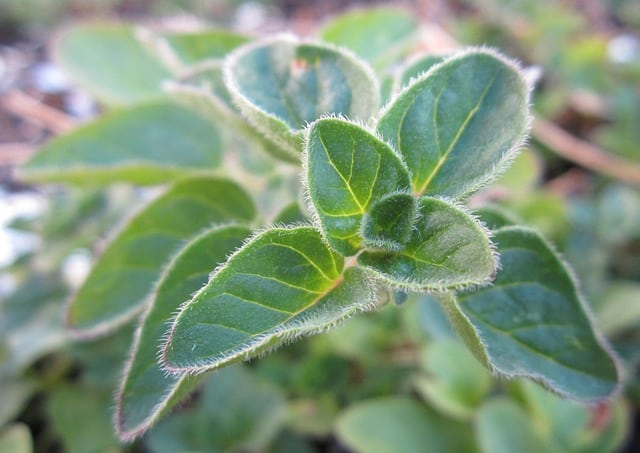
Oregano is a staple in Mediterranean cooking, bringing a warm, robust flavor to sauces, pizzas, and more. It thrives in bright light and prefers to dry out a bit between waterings, so it’s crucial to avoid over-watering. Whether you’re using it fresh or dried, growing your own oregano ensures you have this flavorful herb at your fingertips for culinary creations.
Thyme
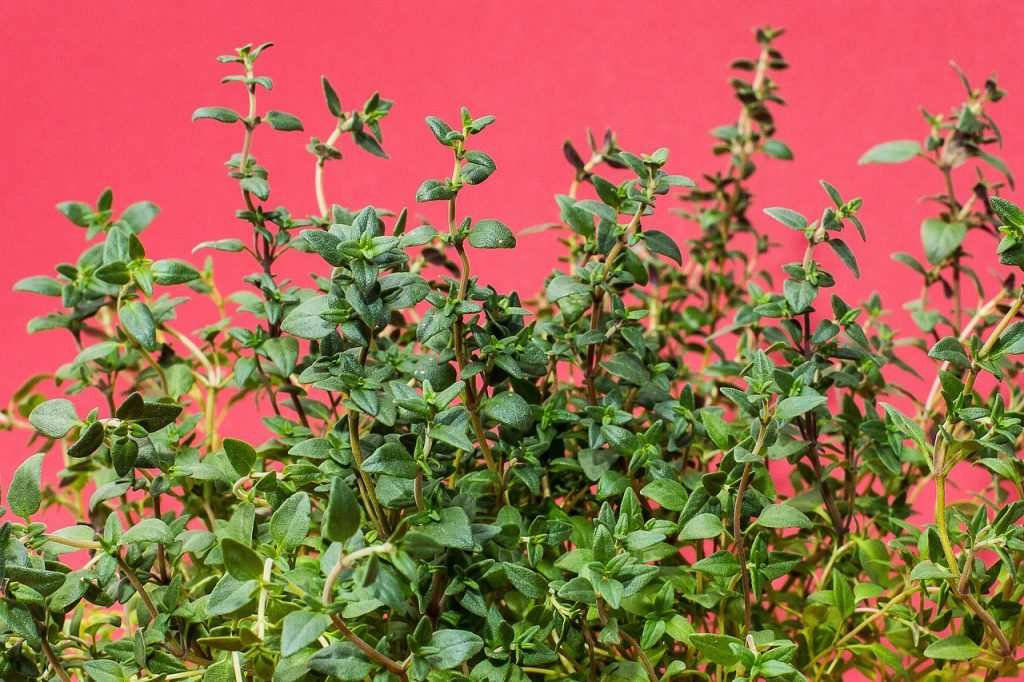
Thyme is another herb that flourishes indoors, especially when given plenty of sunlight and well-drained soil. With its tiny leaves and earthy aroma, thyme complements a variety of dishes, from roasted chicken to stews. This herb is resilient and can withstand minor neglect, making it an ideal option for those new to gardening.
Cilantro
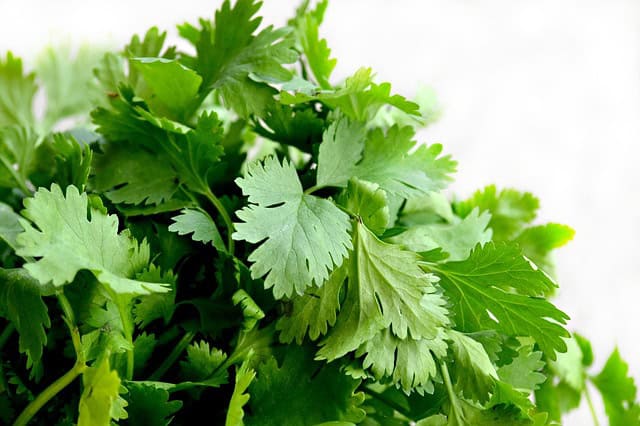
Cilantro, also known as coriander, is a fragrant herb used in various cuisines around the world. It grows quickly and thrives in bright, indirect light. Cilantro prefers cooler temperatures and moist soil, but it’s important to harvest it regularly to prevent it from bolting and going to seed. With its unique flavor, cilantro is a key ingredient in salsa, guacamole, and many Asian dishes.
Sage
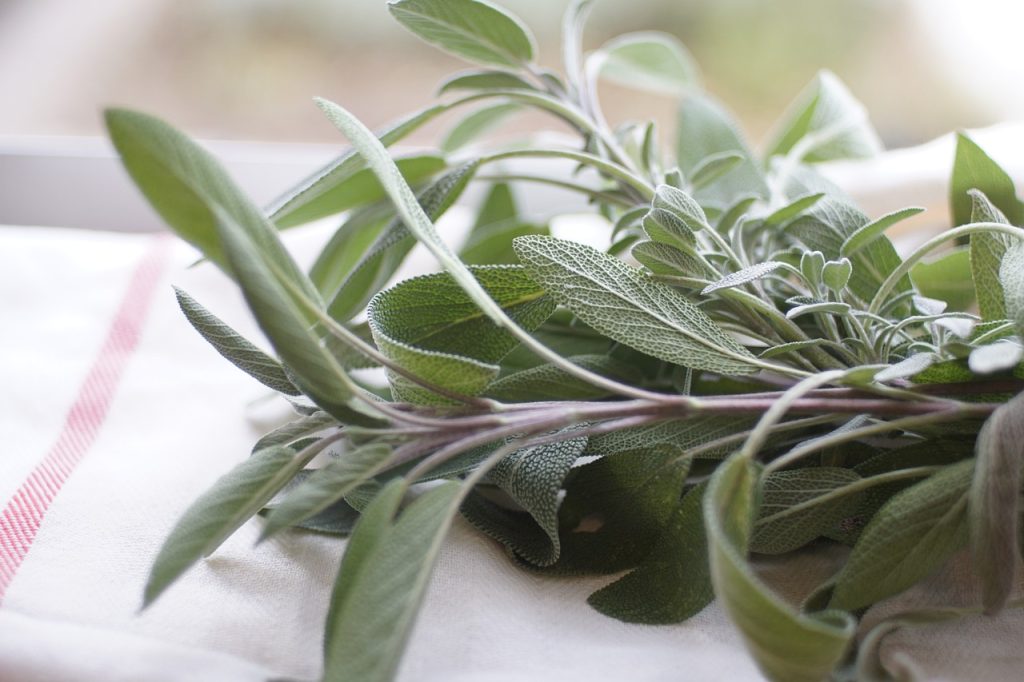
Sage is characterized by its soft, gray-green leaves and strong, earthy flavor. This herb does well in containers and requires plenty of sunlight. Its hardy nature allows it to survive with infrequent watering, making it a manageable option for indoor gardeners. Sage pairs wonderfully with rich dishes and can even be used in herbal teas.
Dill
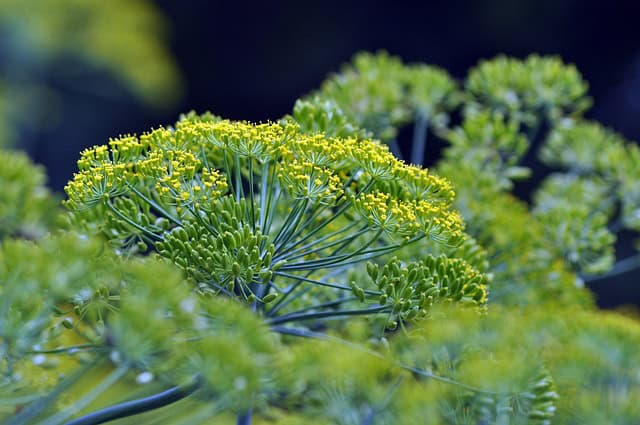
Dill is a fragrant herb that is often used in pickling and to flavor dishes like salmon and potato salads. It grows best in bright light and needs regular watering to keep the soil moist. Dill can be sensitive to temperature changes, so placing it in a stable environment helps it flourish. Fresh dill adds a special touch to many recipes and is a delightful addition to an indoor garden.
Parsley

This versatile herb is a popular garnish but is also packed with flavor and nutrients. Parsley does best in indirect sunlight and requires a consistently moist soil environment. It can easily be grown indoors year-round and is perfect for adding a fresh touch to countless dishes. The two primary types, curly and flat-leaf, can both be grown indoors, offering different textures and flavors for your meals.
Peppers

Growing small pepper plants indoors can be incredibly rewarding. Varieties like chili peppers, jalapeños, or even mini sweet pepper plants can thrive with proper care. They require plenty of sunlight and warm temperatures to flourish. Ideally, peppers need at least 6-8 hours of direct sunlight each day. Not only do they add a vibrant splash of color to your home, but they also provide spicy flavors for your culinary creations.
Tomatoes

Tomatoes are one of the most popular edible plants to grow indoors, and for good reason. Whether you opt for cherry tomatoes or smaller varieties, these plants can thrive in pots with plenty of sunlight. Look for dwarf or determinate varieties specifically bred for container gardening, as they tend to produce fruit while keeping a manageable size. Tomatoes require at least 6-8 hours of sunlight a day and benefit from consistent watering and nutrient-rich soil. Fresh tomatoes can elevate salads, sandwiches, and sauces, making them a must-have for your indoor edible garden.
Green Onions

Green onions, or scallions, are a fantastic low-maintenance plant to grow indoors. You can start them from a bundle purchased at the grocery store by placing the roots in water or soil. They require minimal care and can thrive in bright light. Regularly trimming the greens encourages new growth, allowing you to harvest as needed. They bring a mild onion flavor to dishes and are excellent in salads, soups, and as garnishes.
Strawberries
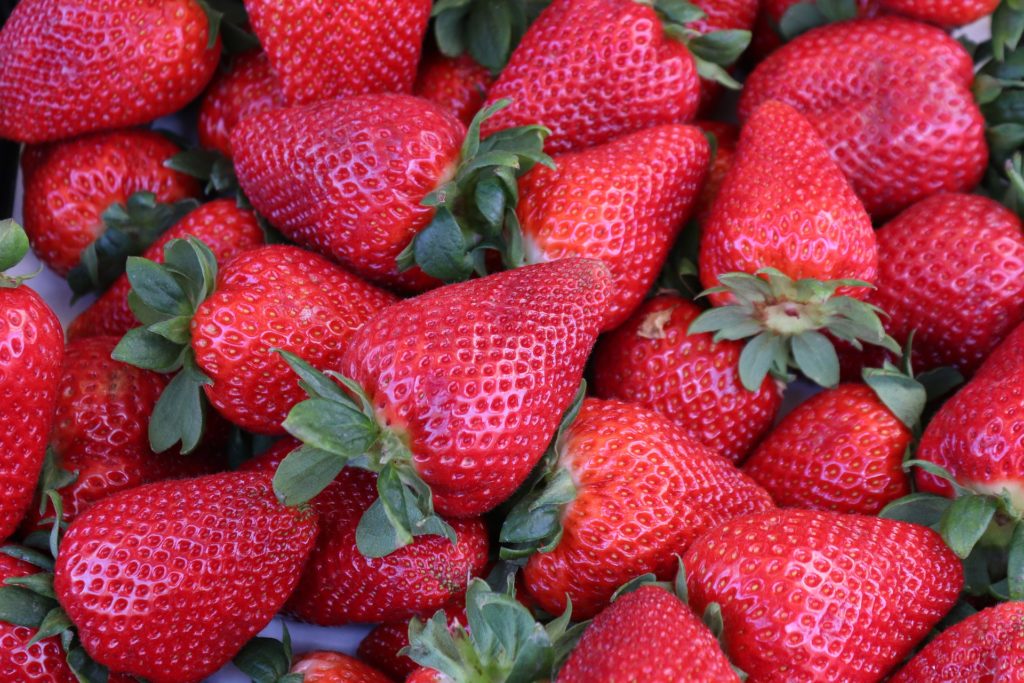
Growing strawberries indoors is a delightful project that pays off deliciously. Look for everbearing strawberry varieties that suit container growing, as these will produce fruit throughout the season rather than all at once. Strawberries prefer sunlight and slightly acidic soil, so a potting mix designed for acid-loving plants can help them thrive. With the right conditions, you’ll enjoy the sweet reward of home-grown strawberries that can be used in desserts, smoothies, or fresh snacks.
Lemongrass
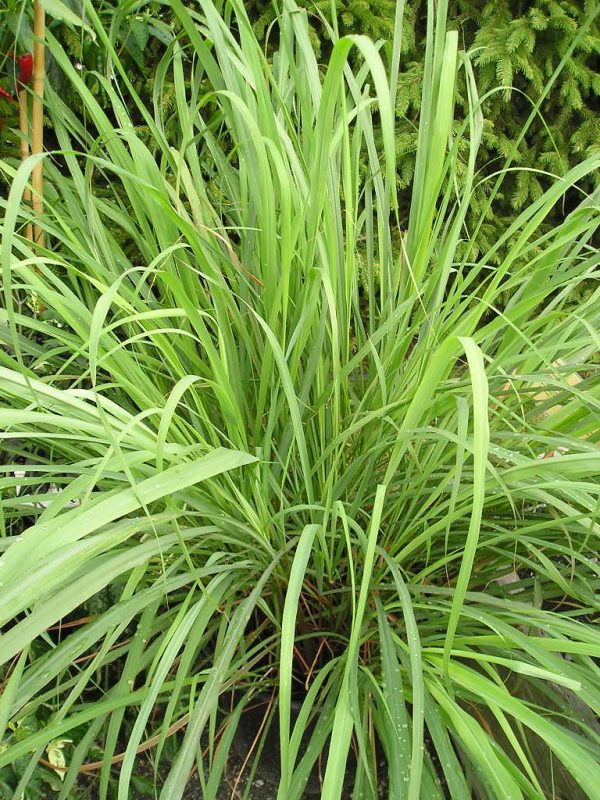
Lemongrass adds a unique citrus flavor to many dishes, particularly in Southeast Asian cuisine. To grow indoors, start with fresh stalks purchased at the store. Place them in water until they develop roots, and then transfer them to soil. Lemongrass requires warm temperatures and bright light, making it suitable for a sunny windowsill. Its leaves can be harvested as needed, and a few fresh stalks can elevate soups, teas, and grilled meats remarkably.
Microgreens
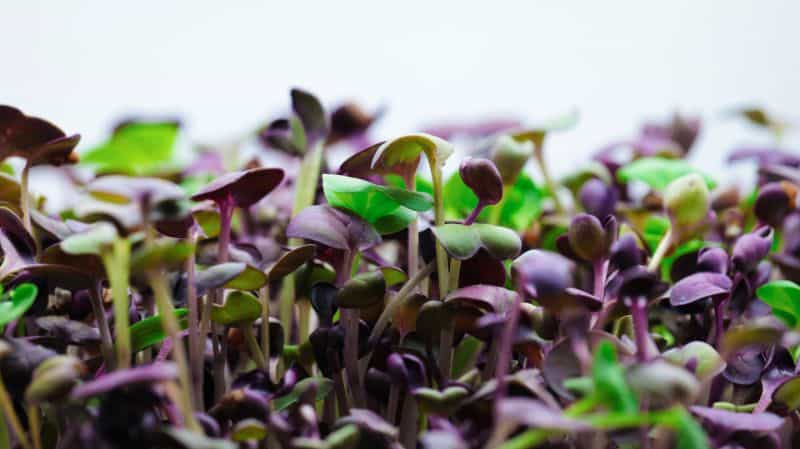
Microgreens are young vegetable greens that pack a powerful flavor punch and are incredibly easy to grow indoors. Varieties such as radish, broccoli, and basil are popular choices. They require minimal space and can be grown in shallow trays with good soil and sufficient light. Microgreens are typically harvested within a few weeks of sowing, allowing you to enjoy fresh, nutrient-dense greens in salads, sandwiches, and as vibrant garnishes.
Arugula

If you’re a fan of peppery greens, arugula is a fantastic indoor plant. It’s quick to germinate and can thrive in smaller pots with bright, indirect light. Regular harvesting encourages new growth, allowing you to enjoy fresh greens frequently. Arugula adds a zesty flavor to salads, pizzas, and pasta dishes, making it a delightful addition to your indoor edible garden.
Lavender
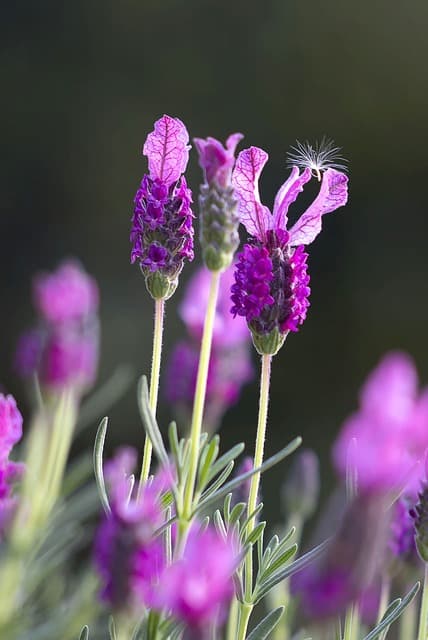
Though primarily known for its aromatic qualities, lavender is also an edible herb that can enhance many culinary dishes. It can be used to flavor desserts, teas, and even savory dishes. Lavender thrives in bright light and well-drained soil. Ensure proper air circulation around the plant to prevent disease. With its lovely foliage and delightful scent, lavender not only provides culinary benefits but also beautifies your indoor space.
Fig Trees
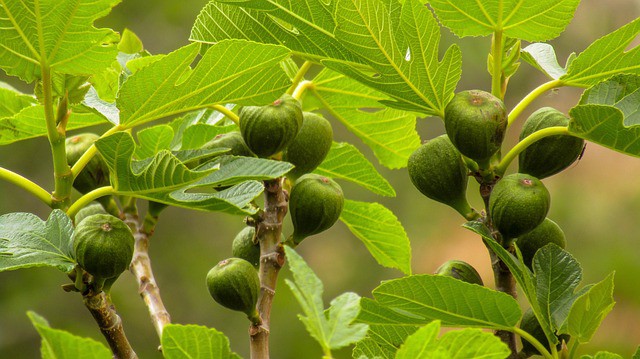
For those looking to add a touch of elegance to their indoor garden, a dwarf fig tree could be the right choice. Varieties like the Little Ruby or Petite Negra are perfectly suited for container growth. Fig trees require lots of sunlight and should be watered when the top inch of soil is dry. The sweet fruit can be enjoyed fresh, dried, or transformed into preserves, making them both a beautiful and beneficial addition to your indoor garden.
Peas

Snap peas can be an excellent option for those looking to grow something a bit different indoors. These plants tend to do well in cooler environments and require a trellis or some structure for support as they grow. They thrive in bright light and keep the soil moist but not soggy. The sweet, crisp pods can be enjoyed raw, steamed, or added to stir-fries, providing a refreshing crunch to your dishes.
Conclusion
Having fresh, homegrown ingredients at your fingertips can be a rewarding experience for any cooking enthusiast, and indoor edible plants provide a practical way to incorporate greenery into your home decor. With a variety of options available, from aromatic herbs to fruit-bearing plants, anyone can cultivate their indoor haven.
Before starting your edible garden, consider your space, light availability, and personal culinary preferences. Even if you live in a small apartment or have limited sunlight, many of these can be grown in small pots with very little care and maintenance.


